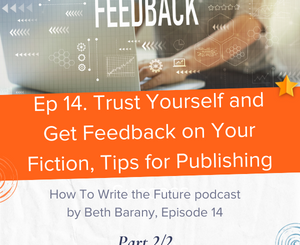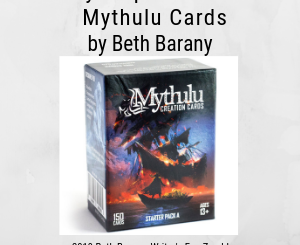3 Tools to Develop Your Characters With NLP
When you feel that your characters aren’t jumping off the page, apply this nifty NLP tool to enrich the scene, make your characters come alive and create a compelling and memorable story.
NLP is shorthand for Neuro-Linguistic Programming. As an editor and a book coach, I have found my writing world greatly enhanced by the tools and techniques and mindset I’ve been learning in my practitioner training at NLP Marin.
Let’s get do it! The three tools are to ask what your character is:
- Thinking
- Feeling
- Doing
When you make sure there is a balance of all three within a scene, then your story will feel rich, real, embodied and hopefully, if you’ve done your job well, compelling and memorable.
Thinking
What is your character thinking? This is for when you’ve painted a picture of their actions or have described the inner emotional landscape, but have forgotten that inner dialogue. Just a line will do.
Here’s an example from my sequel to Henrietta The Dragon Slayer:
Henrietta jogged in place, did some stretches and circled the small room a few times. Then she climbed the wall to harness herself in above the door. Nothing told her anyone was coming, but she had to be ready for anything.
Your inner thought can be in italics of not.
Feeling
What is your character feeling? You can describe the emotions or the sensations in the body. You can also use metaphor or a simile to describe metaphor. Whichever part of feeling your use, pick the most telling and memorable detail and use that.
Again, an example from my sequel to Henrietta The Dragon Slayer:
Then she heard it, footsteps, multiple pairs, and some shuffling. More than one person coming. She sawed on the nail she’d positioned to work on her wrist bonds. She was getting really tired of having her wrists bound. She ignored the pain in her back and legs, and neck, and stomach.
Doing
What is your character doing? Describe it so someone outside of you can see it. No need to describe every little action. Often a beginners mistake.
I have a quote on my wall that reminds me of my job as a storyteller: “Capture the flavor. Don’t list the ingredients.”
To continue the scene:
If there was a chance of getting out of here she’d take it.
She was more than ready to face Alfonso, face her past and save her friends. In a burst of inspiration, she stopped sawing on her rope bonds and tugged more nails out of the wall. She had a use for them and she had to hurry to implement her plan.
As you can see from the start of the scene I describe, a lead in to the climatic scene of the book, I combine thinking feeling, and doing throughout, braiding them together as I create the scene.
Try it on a scene you’re working on and let me know how it goes!
If you’re curious about getting editing support to create a compelling and memorable novel from Beth Barany and her team, you can go here. Thanks!







